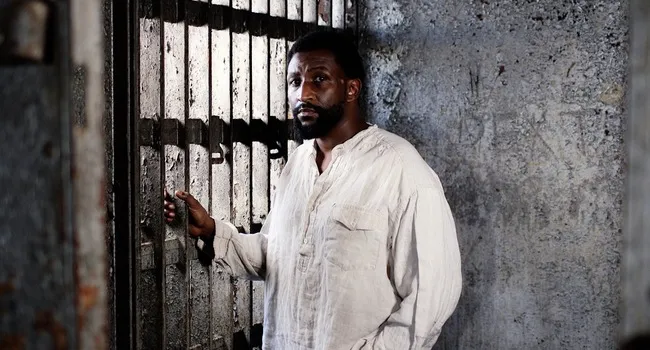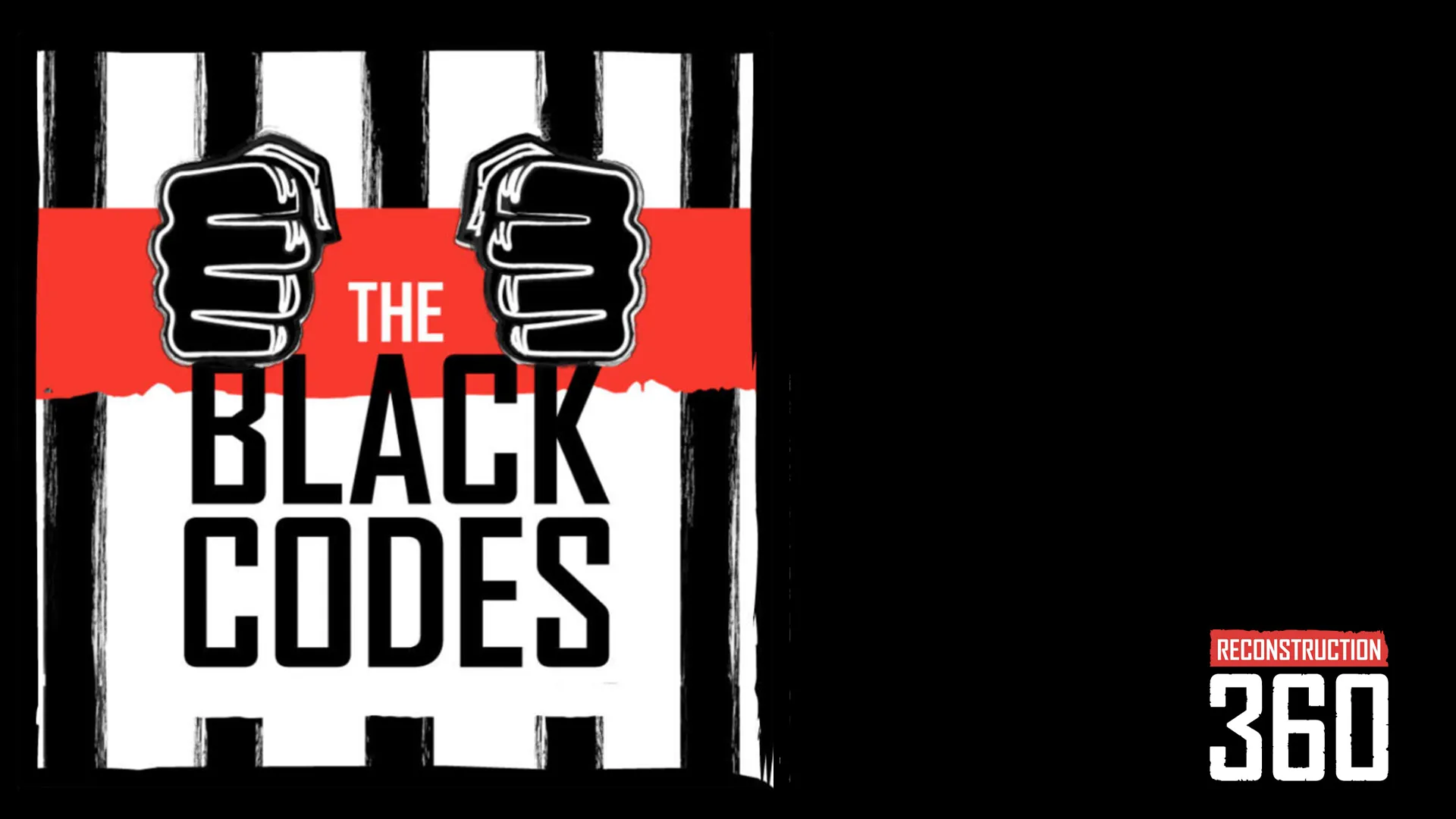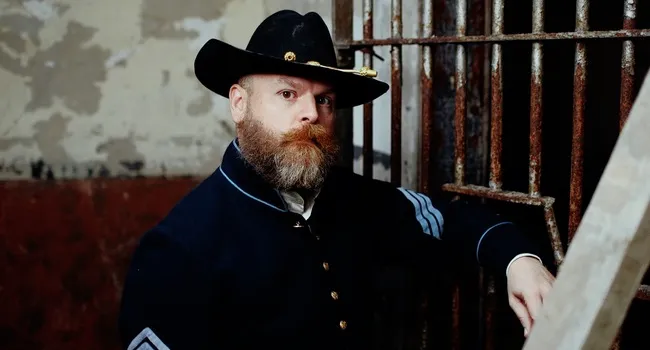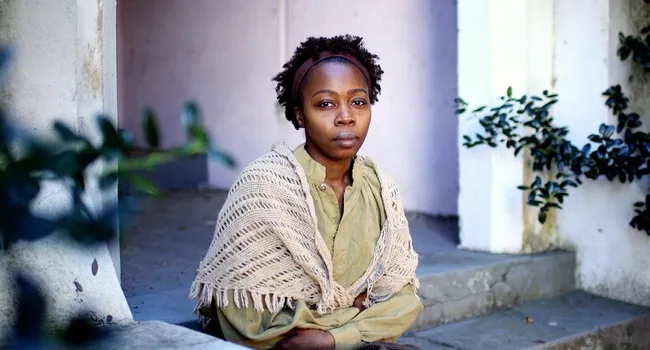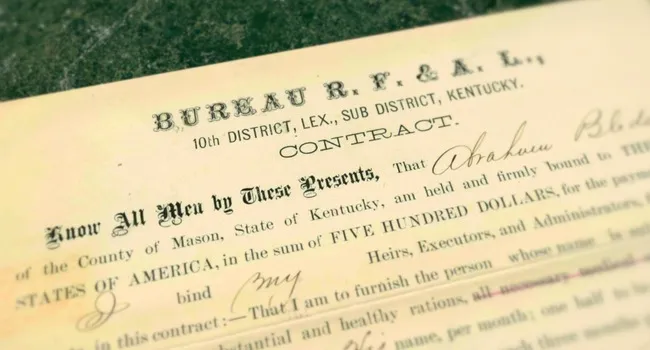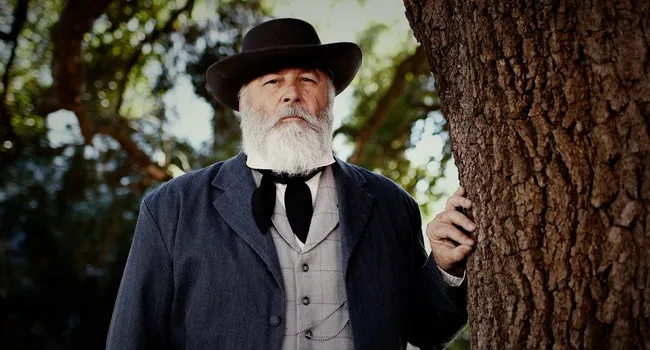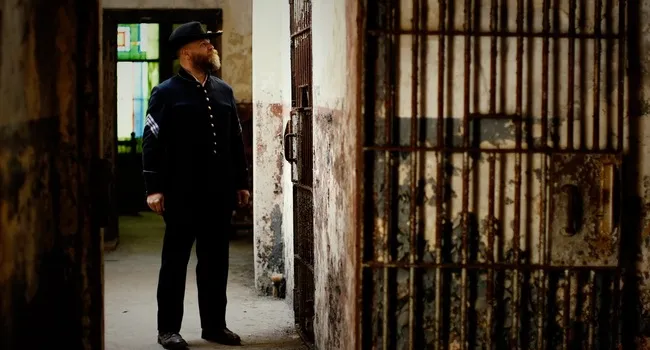Reconstruction 360 uses a 360 degree video platform as a storytelling device that lets the audience step inside pivotal Reconstruction events. By clicking on icons within the 360 video the user can access short documentaries that offer the perspectives of multiple characters, historians and descendants. Reconstruction 360 also includes lesson plans, curriculum standards and primary documents.
This module, The Black Codes, deals with the laws passed by southern whites shortly after the Civil War that limited the rights of Black people in an attempt to establish restrictions similar to slavery.
